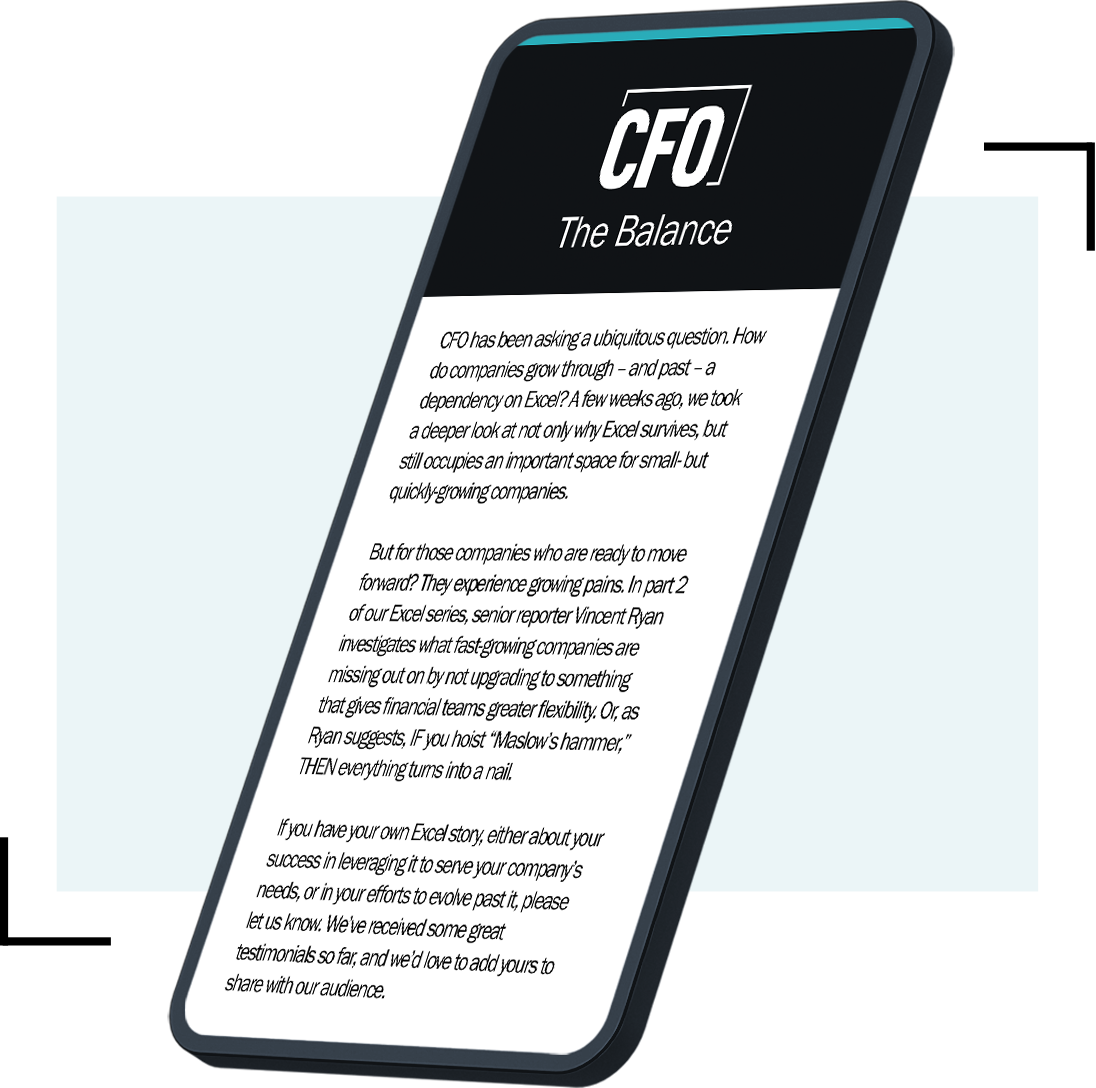Communication is the key to commerce. If a business wants to succeed in the global economy it needs to communicate in a common language. The ability to translate from French, German, Japanese, Spanish, etc. to English (as the common language), and back again, drives the communication supply chain of information.

James Dreyer XBRL
The same rule applies to the digital languages used to transmit financial information from public companies to stakeholders. Accordingly, since 2009, the U.S. Securities and Exchange Commission has required public companies to prepare reports in two different formats to serve the needs of two different audiences: humans (HTML) and computers (XBRL).
Where HTML puts financial information into a reporting format that can easily be read by humans over the web, XBRL puts it into a structured electronic interactive data format that can be fed into reporting and analytics software, allowing regulators and investors to quickly extract interactive and actionable insight from financial reporting disclosures.
The downside for filers reporting in two different formats? Duplicative, time-consuming, and costly processes, and the potential for error when translating or comparing one reporting format to another.
But technology has provided a solution. Since June 2016, the SEC has allowed filers to voluntarily switch from the two-format requirement to the more efficient, single-document Inline XBRL (iXBRL). In this format, XBRL metadata — financial accounting concepts, accounting debits and credits, native values, value scaling, etc. — is embedded directly into a traditional HTML document.
iXBRL financial reports have the visual appeal and easy readability of traditional financial statements, but also contain rich, embedded XBRL data that can be easily extracted and fed into an analytics environment.
The SEC’s current order gives public companies permission to use the iXBRL format through March 2020. During that period during investors and companies can evaluate the technology’s usefulness and the further development of new iXBRL preparation and analysis tools. The SEC most likely will promulgate a ruling prior to March 2020 that will mandate the filing of iXBRL financials for public companies.
As companies evaluate whether to become iXBRL early adopters, they need to consider both the key benefits and the associated challenges.
Challenges and Risks of iXBRL
iXBRL represents change in technology, formatting, and use, bringing potential challenges and risks that could impact companies’ ability to file timely and accurate disclosures with the SEC and provide market participants with reliable, actionable data. These challenges include:
- Lack of independent audit assurance. The SEC’s 2009 “Interactive Data to Improve Financial Reporting” rule, which mandated XBRL use for public-company financial disclosures, was written to distinguish between the HTML and XBRL filing requirements and the related responsibilities of public companies and independent auditors. As such, there is no independent auditor assurance requirement from the SEC governing public companies’ filed XBRL or iXBRL data. This sets up the potential for conflicting expectations between companies and investors, who may assume XBRL/iXBRL data has been independently audited.
- Adequacy of procedures & controls. Given the growing reliance of public companies on disclosure-management applications, tools, and vendors to manage the creation of iXBRL/XBRL documents, management needs confidence that the right procedures and controls are in place to establish the accuracy of these. Reviews should focus particularly on data security, user access, and controls over the accuracy and completeness of information generated by disclosure-management tools. Company internal auditors should also have an understanding of the SEC filing process and the tools and technologies utilized in order to establish that risks have been identified and addressed. This could include obtaining and reviewing SOC 1 reports from third-party vendors providing disclosure-management solutions.
- Need for expanded education, oversight, and reviews. Since disclosure-management applications automatically become key contributors to the creation of a company’s financial statements, management should consider any potential impacts to their internal controls over financial reporting. Organizations may choose to undertake educational initiatives to help company managers better understand the implications and risks. To help address those risks, they also may set up a process for appropriate oversight, reviews, and approvals by the CFO, investor relations committee, and legal counsel.
How Companies Can Benefit from iXBRL
By opening the door to voluntary iXBRL adoption by public companies, the SEC is further accelerating the shift from traditional filing to a more modern, information-rich format that promotes greater transparency, helps market participants use financial information more efficiently, and helps the SEC fulfill its oversight and enforcement mandate.
iXBRL offers numerous specific benefits, for both public companies and users of public-company financial information. By putting this information into a single unified document, iXBRL can help companies streamline their reporting processes, decrease preparation costs, eliminate the risk of errors, and improve the quality of structured data.
Additionally, iXBRL simplifies the process of displaying public company information through SEC viewers, disclosure management applications, public disclosures, and other market tools.
As public companies assess their own adoption of the format, they need to understand the risks and ensure that complications do not impact their ability to communicate their financial truth on an accurate and timely basis.
James Dreyer is a director with the enterprise system solutions practice at PricewaterhouseCoopers. For more information on what public companies should know about Inline XBRL, click here.








